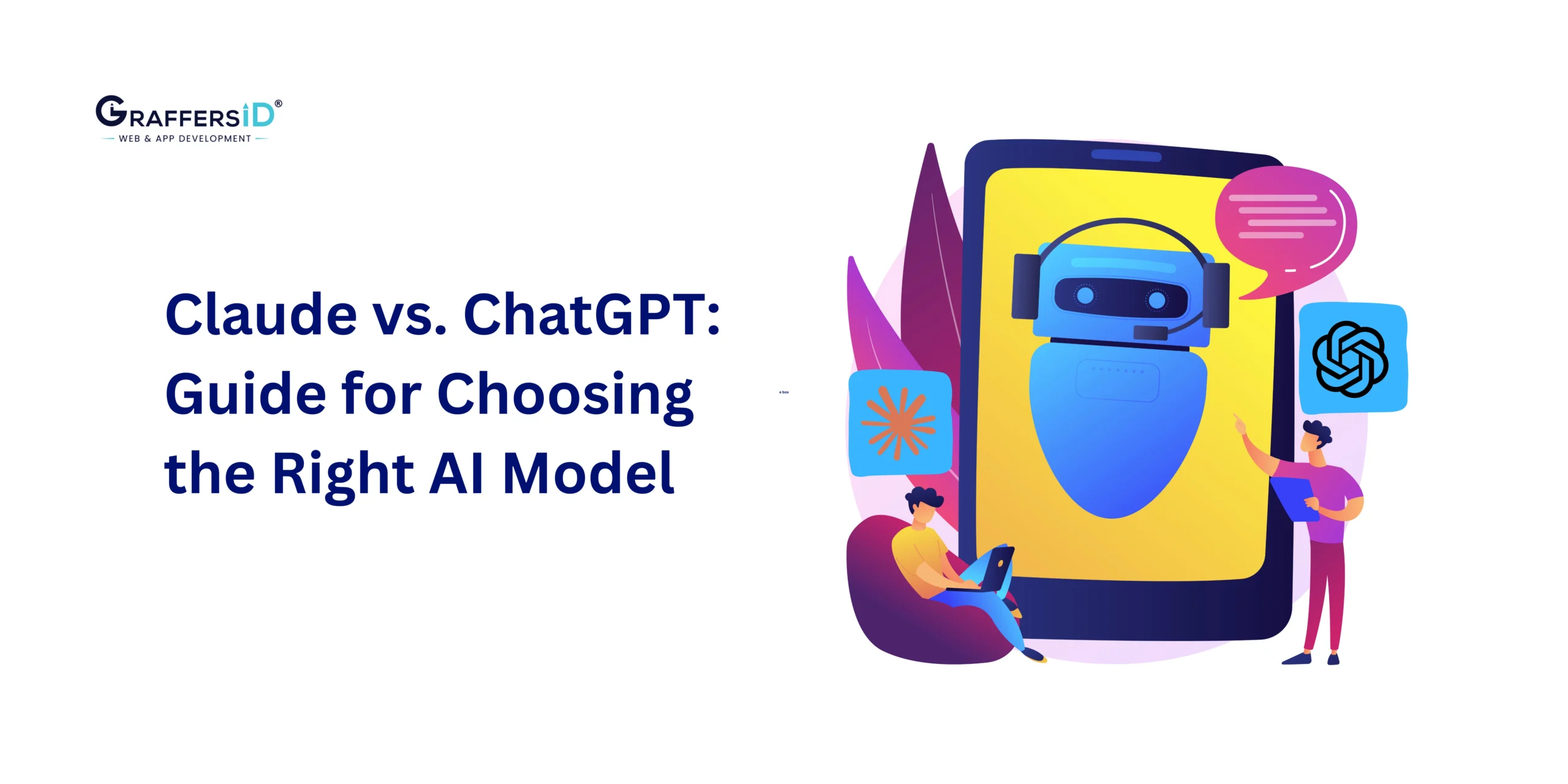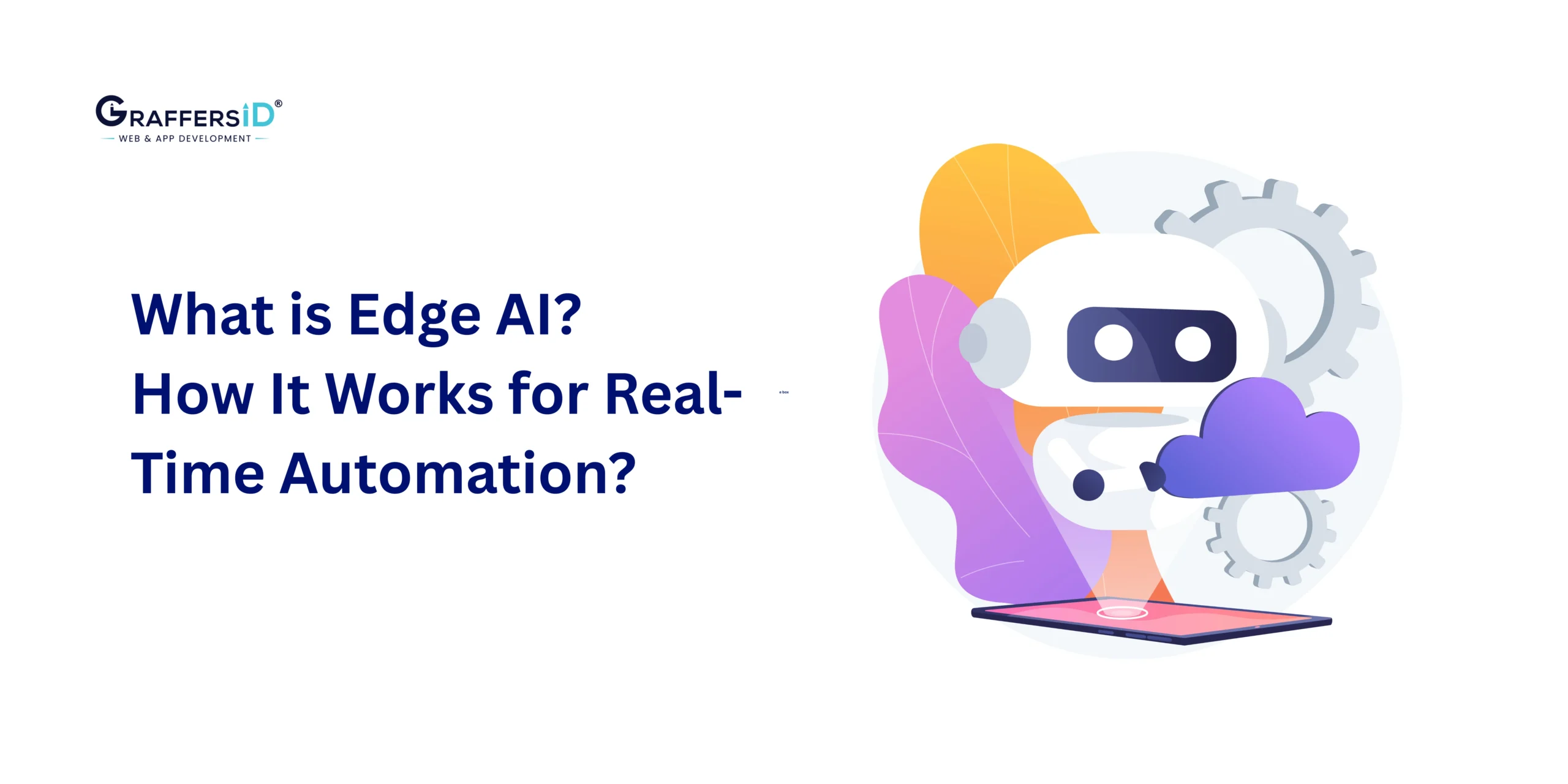Flexibility and adaptability are essential to keep up with the changes in software development. Traditional methods are no longer relevant in the modern world, which is why Adaptive Software Development is slowly replacing them. It is a new methodology for software development that acknowledges, accepts, and thrives on uncertain and continually changing requirements and emphasizes collaborative learning.
The following blog provides insight into the key definitions of adaptive software development and some of its principles and practices, along with its advantages, challenges, and implementation.
What is Adaptive Software Development
Adaptive Software Development is a term that was coined by James A. Highsmith and Sam Bayer back in the mid-to-late 1990s. It emerged as a new way of developing software in response to the limitations of traditional development models. ASD is a process that thrives on uncertainty and iterative advances rather than requirements and fixed protocols.
It teaches that software development is a neverending journey of learning; if changes happen to initial plans, then it shouldn’t be a cause for concern- instead they should be welcomed.
The Key Principles of Adaptive Software Development
Speculating
Folks, there isn’t anymore up front detailed planning; it is speculation. Planning is based on initial assumptions, which are constantly updated and changed based on what the new information indicates.
Collaborate
It’s all about ASD collaboration-with all the team members and the stakeholders. Open communication makes sure that everyone remains aligned with a common understanding of the purpose and priorities.
Learn
Learning is absolutely essential in ASD. Every iteration has been an opportunity to gather feedback, analyze the results and improve the process. The resulting change will always be worked out through an incremental basis for both product and process.
Effective Strategies of Adaptive Software Development
ASD comes up with its own practices which ensure adaptability and efficiency by turning principles into practices to make them actionable.
Iterative development
ASD breaks the process into small cycles or iterations. This allows the teams to react quickly and initiate the changes on time, leaving less room for error.
Time-Boxing
Time-boxing creates a time frame for every iteration which helps the team maintain its focus and speed. It thus prevents project scope from creeping, and leads to better prioritization of tasks.
Feature-Driven Development
ASD emphasizes on delivering high-priority features in each iteration. This ensures that the most valuable aspects of the product are developed and refined early in the process.
Continuous Feedback and Retrospectives
The process of collecting regular feedbacks and comments from stakeholders and team members is integral to ASD. Retrospectives at the end of each cycle allows the team to identify their successes, weakness, and plan for the next iteration.
Dynamic Prioritization
Priorities change in order to adapt to fast-changing business and market conditions making it pertinent that the team will be focusing on maximizing value in delivery.
Benefits of Adaptive Software Development
There are many advantages for employing ASD, especially in the unstable, rapidly changing environment.
Flexibility and Responsiveness
ASD suits dynamic environments in which requirements usually change w.r.t. different issue scenarios. Such an iterative development process gets the teams responsive to changes without ruining the entire project.
Improve Team Collaboration
Regular interaction with stakeholders and developers will align everything and, therefore, leave less room for misunderstanding.
More Products of Better Quality
As a result of constant feedback and continuous testing, issues can be detected quite early in the development cycle, ultimately giving rise to more matured products.
Shorter Time-to-Market
With each increment, functional pieces of the software will be delivered as parts of iterations, which in turn allow companies to launch new products or features sooner, thus gaining a competitive edge.
Improved customer satisfaction
Such an iterative and collaborative approach will lead to a product very close to user needs and expectations, which in turn increases customer satisfaction.
Obstacles of Adaptive Software Development
While it has clear merits, adaptive software development also brings along obstacles that need to be addressed. Knowledge of these hurdles could enable teams to curdle and remove issues before they arise.
Uncertainty in Planning
Although liberal upfront planning is uncomfortable for some team members or stakeholders, it is essential to clear communication on how the expectations should be tidied.
Dependence with Stakeholder Participation
Stakeholders need to be deeply engaged and participate throughout the entire life cycle of the project. When there is absence or lack of interest, the project can hasten decision-making and progress.
Strain of Time-Boxing
Time-boxing produces an urgency for efficiency without paying heed to priorities on task; hence, teams should find a balance between speed and quality of product.
Continuous Adaptation
It can be frustrating for a team that is not accustomed to the iteration model to have to constantly adapt. Moving through this adjustment requires coaching and support.
Conclusion
Adaptive Software Development is flexible and iterative software development, thriving in fast and frequently changing environments. ASD uses collaborative, continuous learning, and adaptability to information, all of which will help a software development team respond to changes in markets and requirements.
The best benefits of ASD are faster time to market, better product quality, and greater user satisfaction. However, some of the challenges that it has are managing uncertainty and making sure stakeholders are on board. These challenges can easily be overcome with the right mindset and practice, leading to very efficient and successful development.
Today’s fast-moving technology requires the businesses adopting this form of development to deliver products more easily that best meet consumer needs and surpass competition. So are you ready to tap into the new way of software development? Contact us at GraffersID to learn more!




